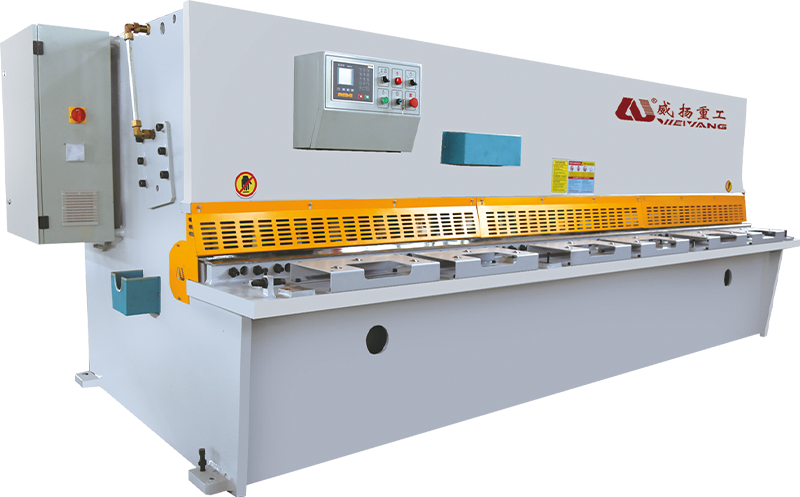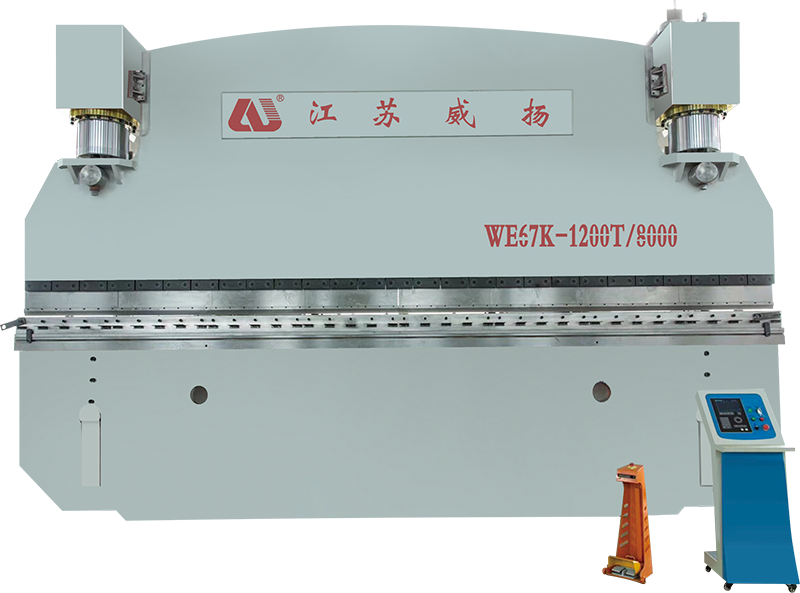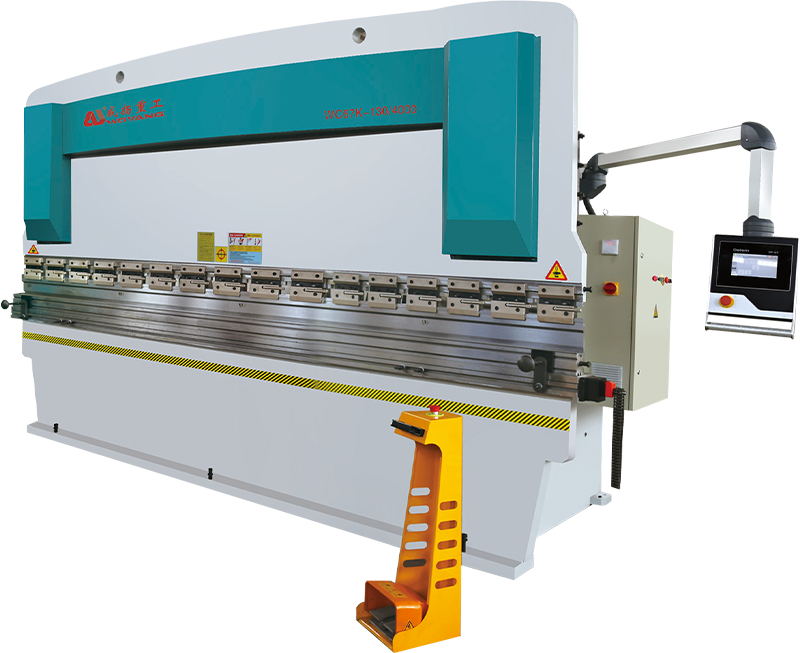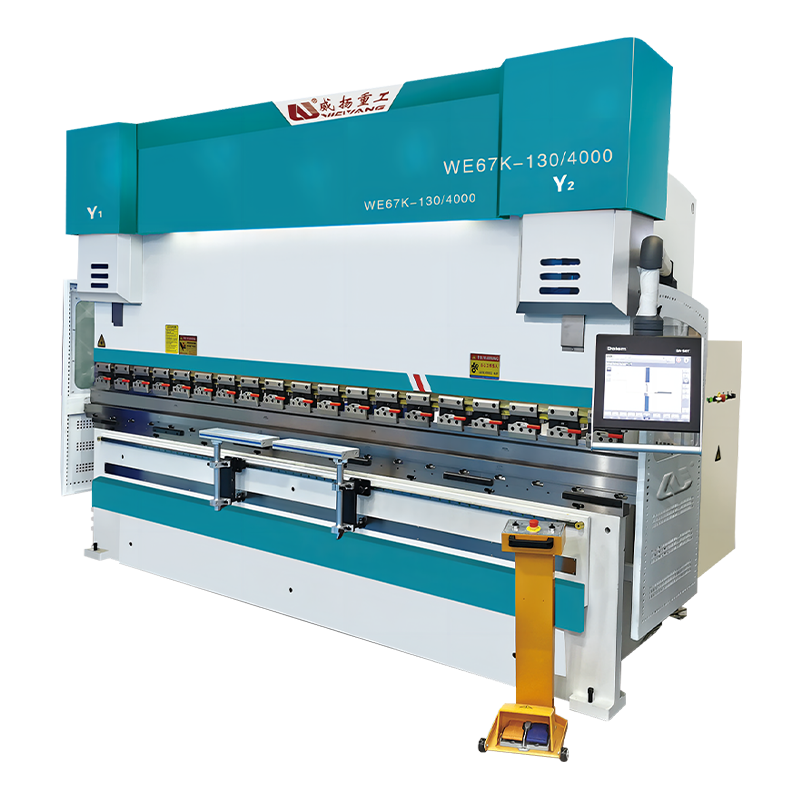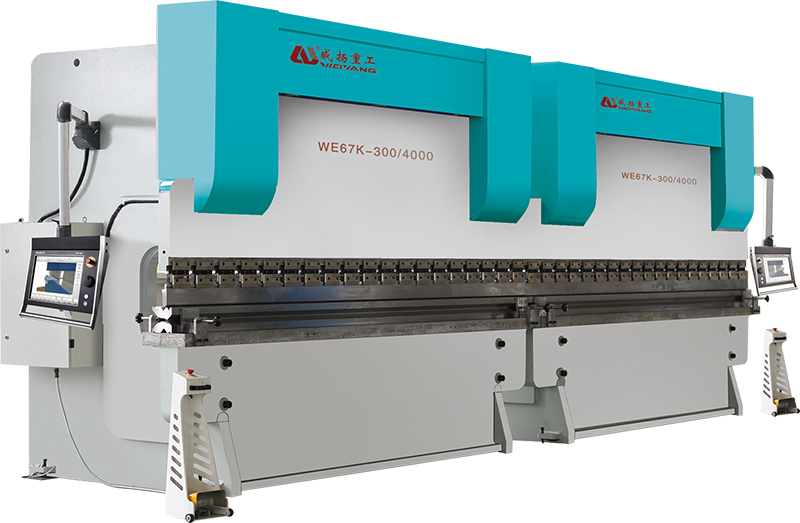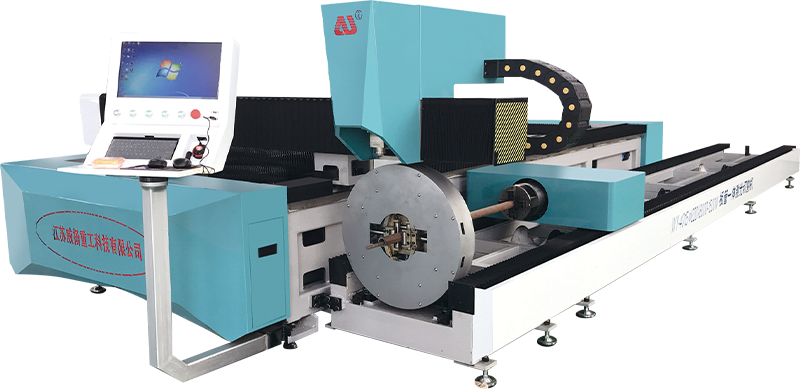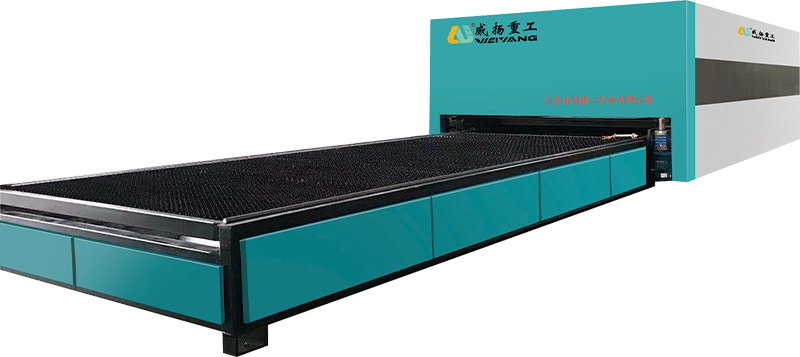How does the double machine linkage bending machine ensure consistent results across multiple bends in high-volume production?
The double machine linkage system consists of two independently moving components, typically the upper and lower beams or tools, which are mechanically linked to each other. This dual linkage mechanism is designed to operate in perfect synchronization, ensuring that both tools apply force evenly and consistently across the material. By maintaining this balance, the machine reduces the risk of bending inaccuracies, such as skewed or misaligned bends. The synchronized motion allows for precise control over the bending angle and depth, ensuring uniformity throughout the production run, even when processing large quantities of parts. This consistency is critical in industries where tight tolerances and exact specifications are required.
The accuracy of the double machine linkage bending machine is largely dependent on the precise alignment of its tooling—typically the punch and die sets. The linkage system ensures that both tooling components are perfectly aligned throughout the bending process, preventing any deviation from the desired bend geometry. This alignment minimizes the risk of part distortion or angle inaccuracies, which can arise from misaligned tooling or uneven pressure distribution. Proper tooling alignment guarantees that the parts consistently meet the required specifications, improving the overall quality and repeatability of the bending operation.
One of the key advantages of the double machine linkage design is its ability to distribute the bending force evenly across the entire length of the material. By applying uniform pressure throughout the bending process, the machine ensures that the material is bent consistently without localized deformation or stress concentration. This even force distribution is particularly important when working with thin or delicate materials that may otherwise be prone to warping or uneven bending. The result is a more accurate and consistent bend across all parts, ensuring that every product meets the desired mechanical properties and dimensions.
The design of the double machine linkage system also helps minimize the wear and fatigue on individual components, such as the upper and lower beams and tooling. Because the force is distributed across the linkage system, no single part of the machine bears the entire load, which helps prolong the lifespan of the tooling. Reduced wear on the tools ensures that the machine maintains its high precision over extended periods of use. This is particularly important in high-volume production, where consistent performance is essential over long production runs.
Modern double machine linkage bending machines are often equipped with advanced computer numerical control (CNC) systems that provide real-time monitoring and feedback during the bending process. The CNC system controls the movements of both linkage arms and can make automatic adjustments to ensure that each bend meets the required specifications. By using sensors to detect factors such as material thickness, hardness, and bend angle, the system can fine-tune the machine's movements, compensating for any deviations in material properties or process conditions. This automated control ensures that the machine continues to produce consistently high-quality parts, reducing the need for manual intervention and ensuring uniformity across large production runs.





